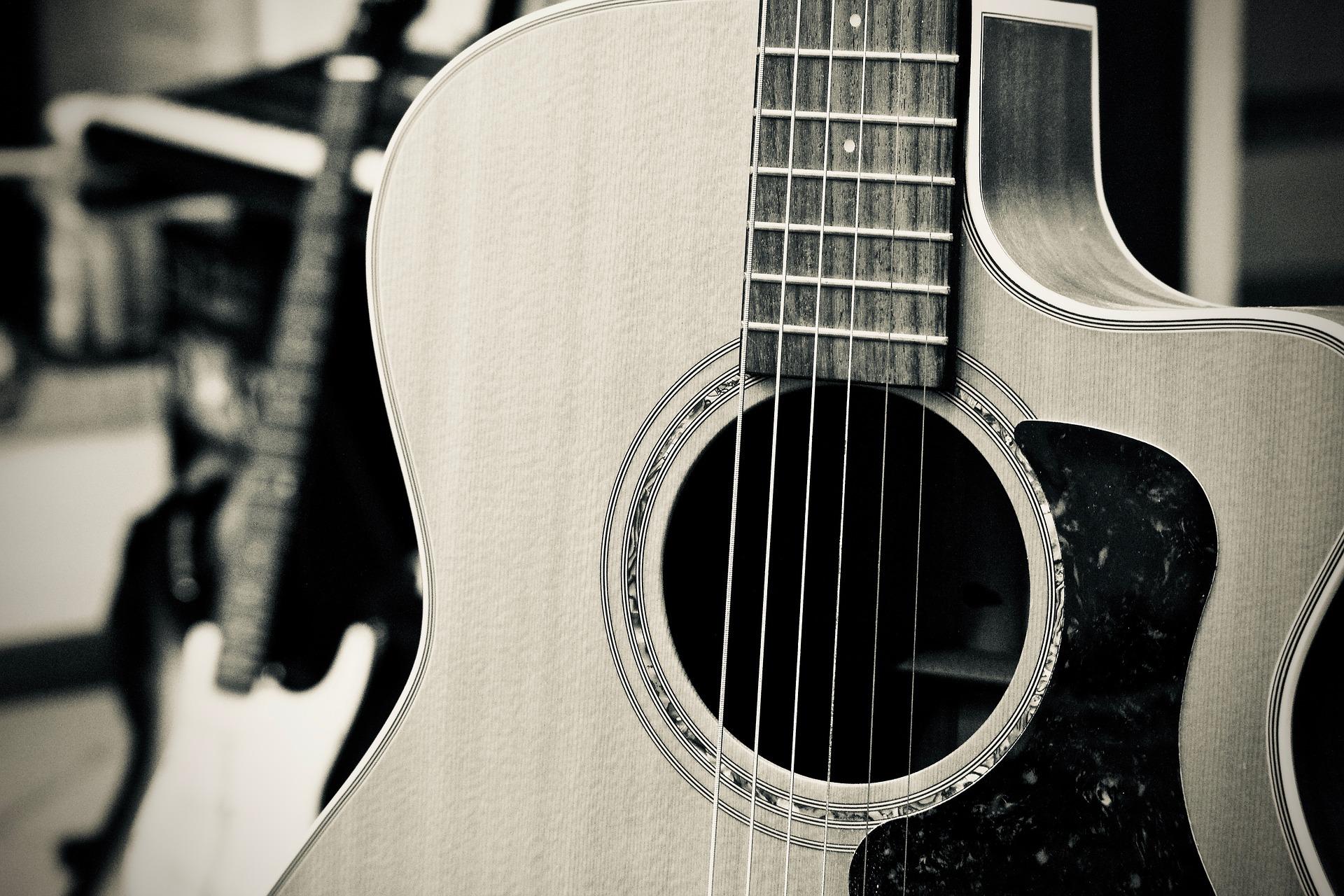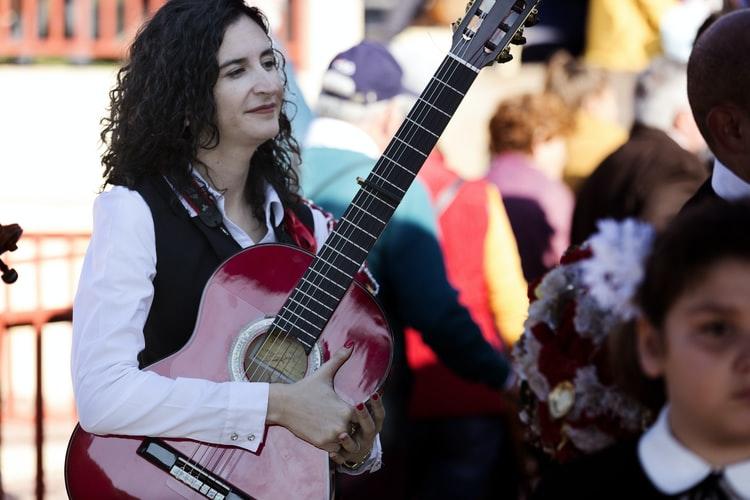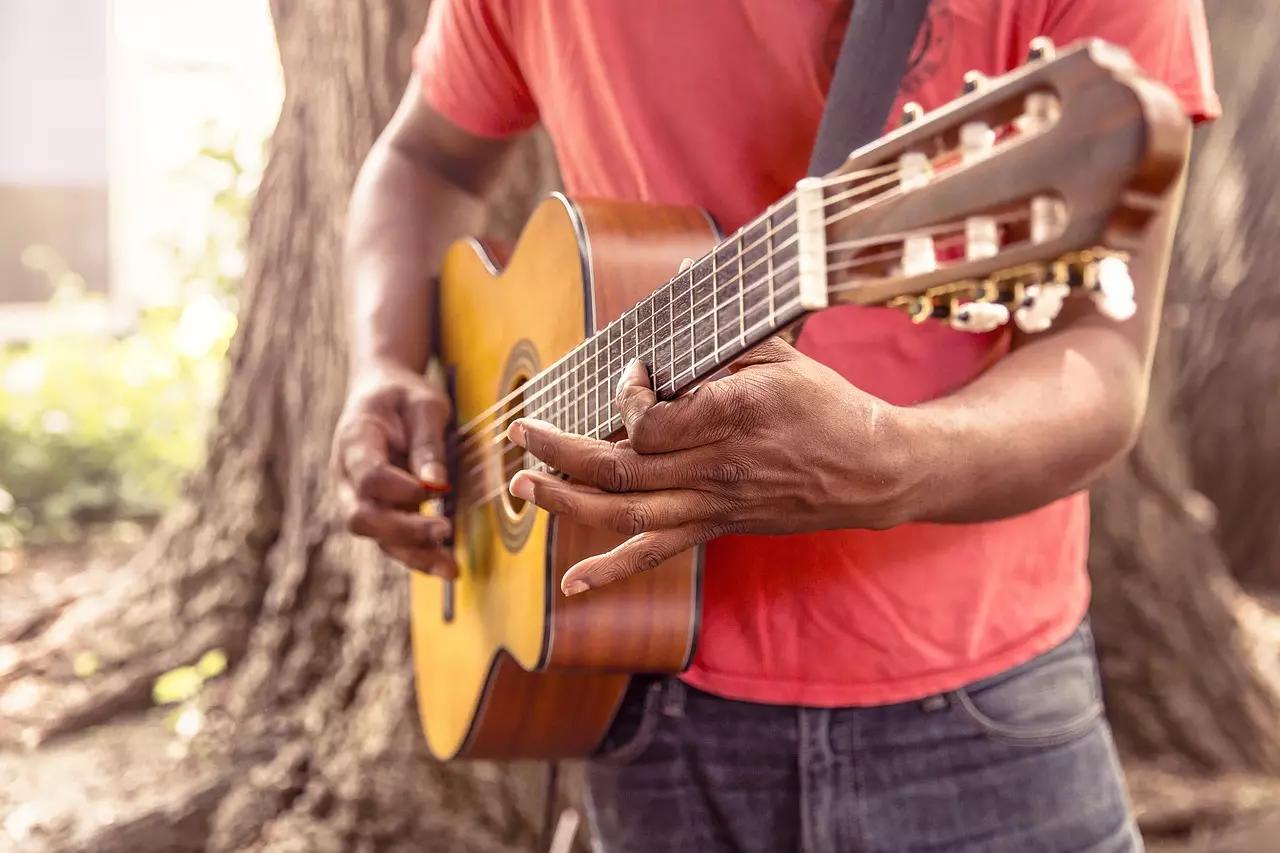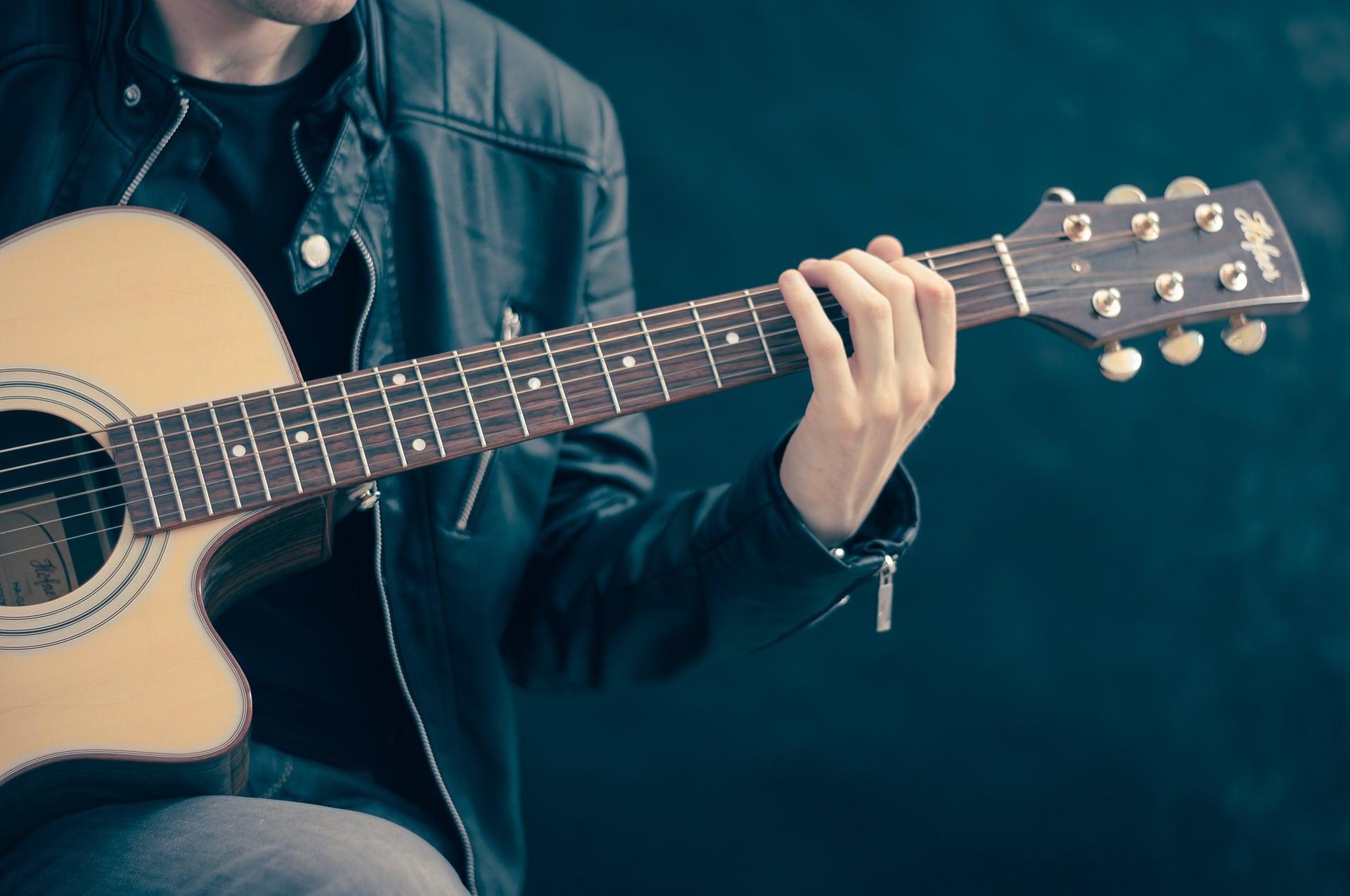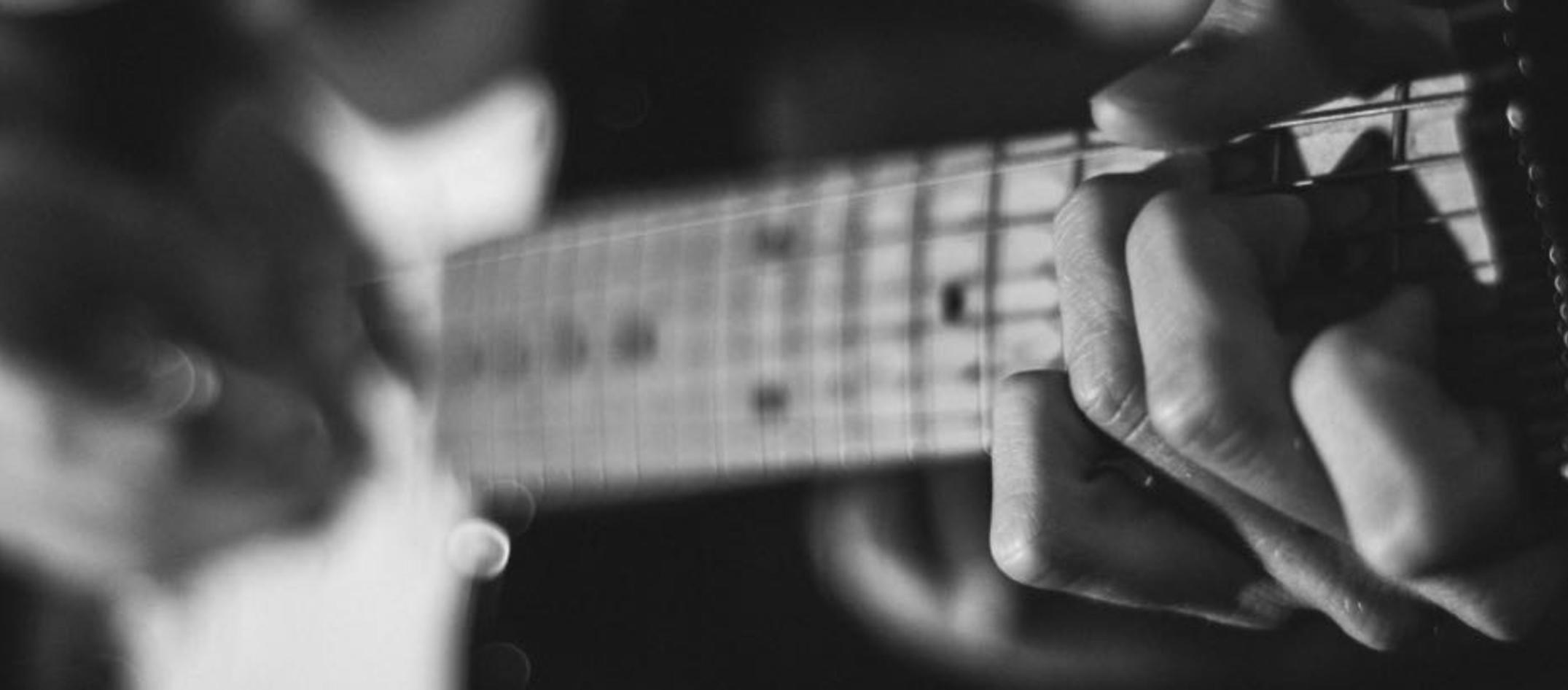If you’re a beginner and looking to become a guitarist in Canada you have quite the road ahead of you. Mastering an instrument alone is a hard task, making it your career is an even harder one. Although, if being a guitarist is your true calling and you have a genuine passion for playing guitar, we believe you can do it.

Starting with the basics
Start by learning about guitars. Set yourself up for success by having a solid foundation of learning about the instrument even before playing. Learn about the different types of guitars and their parts. Get an understanding of how to hold and play the guitar efficiently and effectively. Try going to a music store and asking some questions and try holding and strumming different guitars. This may include; types of guitars, playing methods or even listening to various different usage cases of guitars in various genres.
First and foremost you’re going to want to get a guitar! Where you could potentially borrow or use a guitar at a friend's place if you’re serious about learning, it’ll be best to have one of your own so that whenever you can get a little practice it's ready for you.
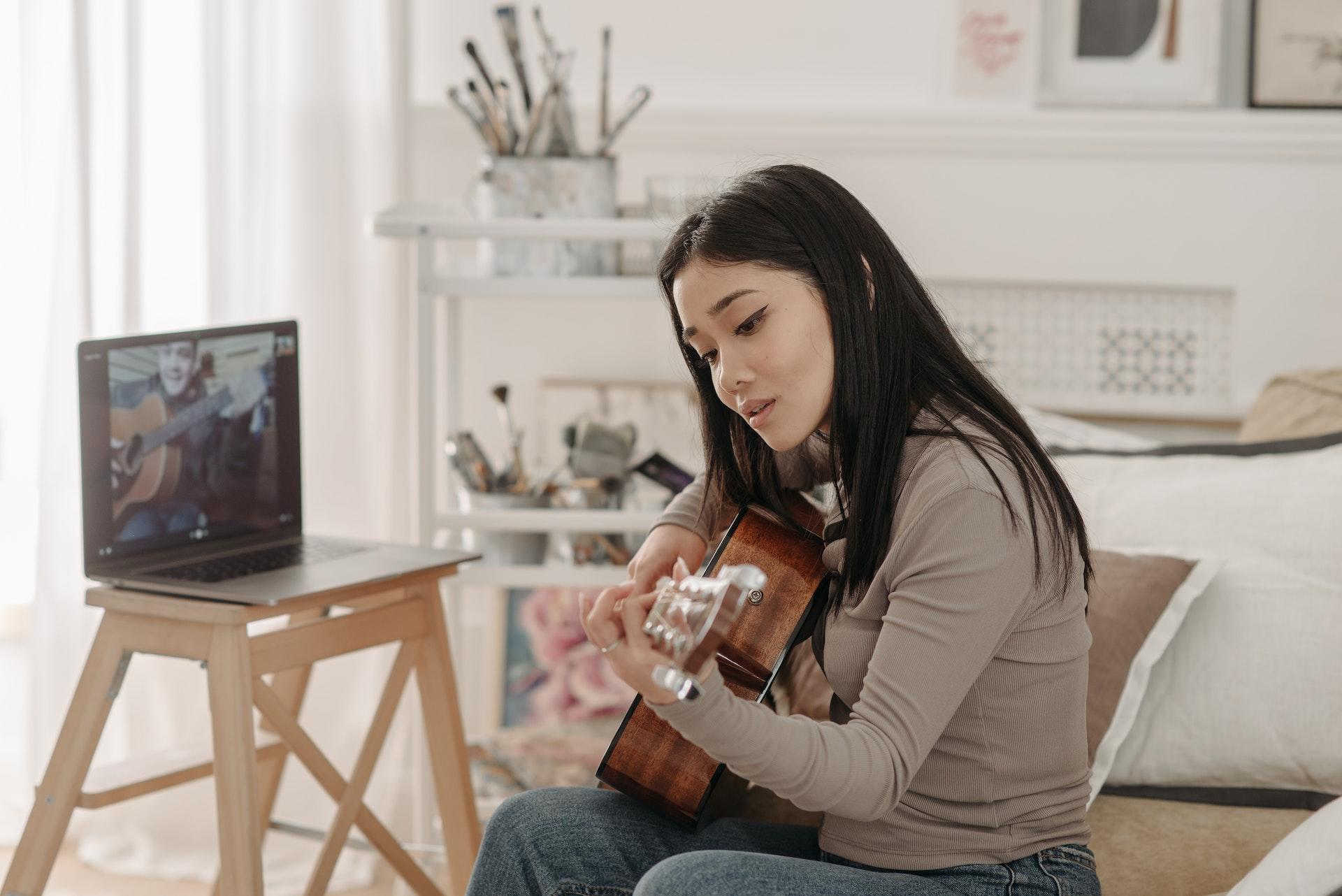
Before buying a guitar it may also help to learn a little about guitars and the different parts of a Guitar. You may also want to educate yourself on guitar accessories like a guitar tuner, capos, amps and pedals. After that all you have to do is decide whether you want an electric or acoustic guitar!
Tuning your guitar - Once you have a guitar you’ll want to make sure that it's in tune. Tuning a guitar means that each Guitar string is set to a proper tune to ensure the proper sound is met. You can tune your guitar with a device or app, if you are good enough you can even tune your guitar by ear.
A guitar that is not properly tuned will not sound as good as a properly tuned one. Set yourself up for success by tuning your guitar. You will have to tune your guitar regularly as the strings will slowly fall out of tune.
Holding your guitar - Learn proper holding and hand placement techniques. You may find it more comfortable to invest in a guitar strap that will hold your guitar securely against your body, this could also save you from dropping your guitar and is recommended. After that you’ll need to find a comfortable seat and you’re ready to jam.
Try playing basic chords - All songs consist of chords. Learning basic chords is essential when it comes to playing guitar. Try starting with chords such as: C, D, G, E, and A.
Practice Strumming - Strum the strings with your fingers or try strumming with a guitar pick to create sound on your guitar. Try messing around with different strumming patterns and movements to create different sounds and rhythms.
Reading chords - Chord diagrams teach you where to place your fingers on the fretboard. A chord is simply a set of notes used to create sound
Play Melodies - A melody is an arrangement of a song that includes both the melody and the harmony (chords). Melody is the line of single notes that you sing in a song assuming there are lyrics. Melody, rhythm and harmony make a song.
To make a melody try starting with a chord progression. Make it simple and musical. It will help to learn notes of the scale around the chords and to use open strings (a string played without placing your hand on any frets) if possible. Then simply shape the melody to the music you play.
Music Theory - Music theory is the fundamental elements of music and their relationship to each other. The main components in music theory are: notes, scales, chords, key signatures, time signatures, rhythm, and dynamics.
Open strings - Strings that are played without pressing down on any frets. An open string will vibrate fully between the nut and bridge, producing a particular note. On a standard guitar the standard open notes are as follows from thickest to thinnest: E, A, D, G, B, and E
What are riffs - Riffs are short catchy musical phrases played on a guitar. Riffs use the main melodic theme or hook of a song and can be repeated throughout a piece of music to create a recognizable sound.
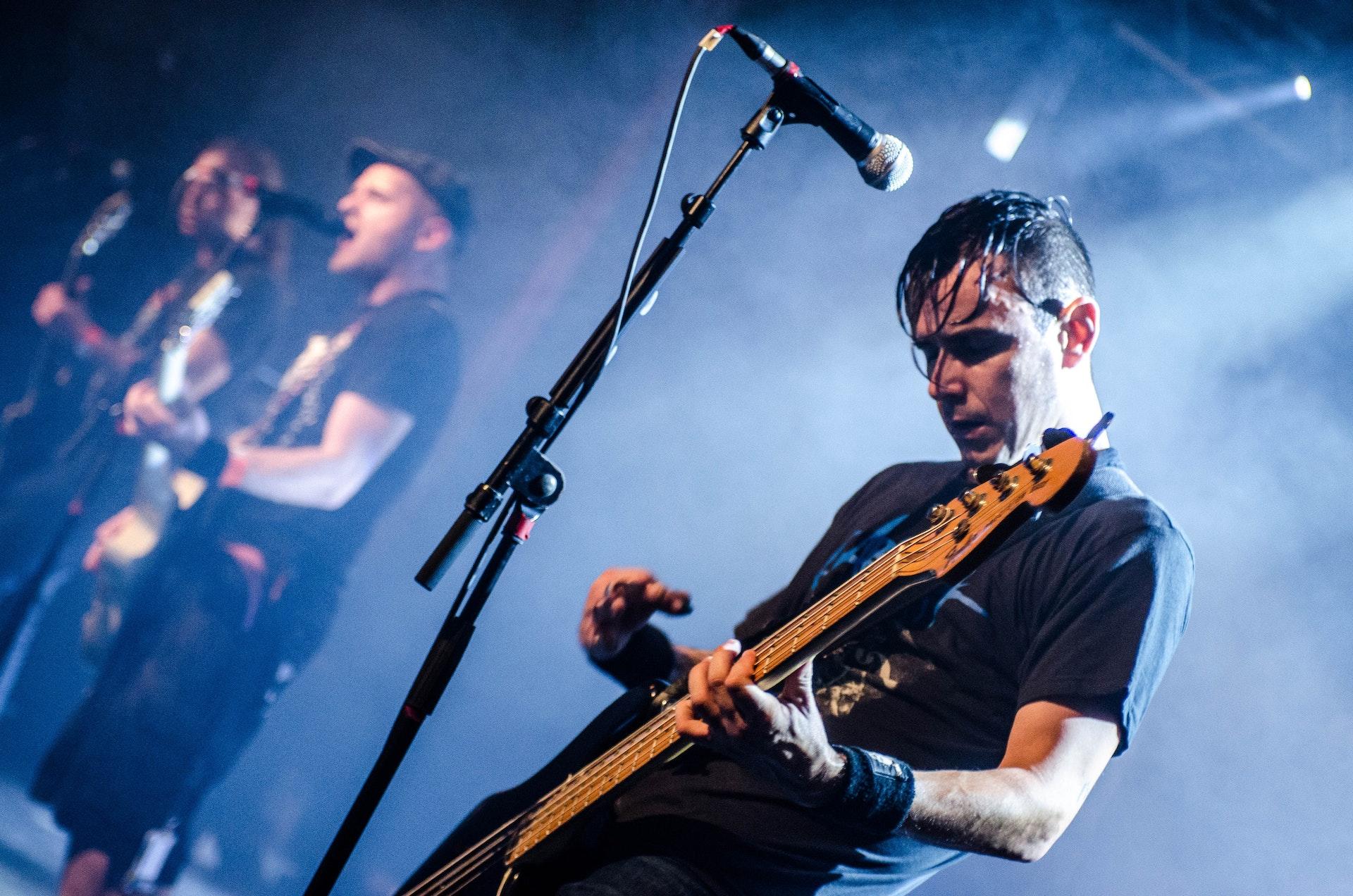
Arpeggio's - A technique when notes of a chord are played in a special sequence rather than simultaneously. The guitarist would play individual notes of a chord one alongside another creating a sort of cascade effect of sound. Arpeggios can be used to create catchy riffs or melodies. Some possible ways to play an arpeggio include fingerpicking, sweep picking or tapping. Arpeggios can be played in either ascending order or descending order. Try combining an arpeggio with other techniques like hammer-ons and pull offs to create even more complex and intricate patterns.
Chord diagrams - A map that consists of a vertical diagram with horizontal lines that represent the frets on a guitar where the horizontal lines represent the guitar strings. There will be circles on the diagram that show you where to put your fingers in order to play the proper chord. The circles may also include numbers to show you which finger is intended to be used for each string.
Practice, practice, practice
Put all your new found knowledge to the test and practice what you’ve learned. The more hours you put into playing the guitar the more natural it will feel to you when it comes to playing in higher stress situations like concerts or recording.
Listen and experiment to learn
Don’t be afraid to try something new. Dive deep into different genres from different countries. Follow the discography of your favourite guitarists. Often art copies or is "inspired" by art. It can be hard to do things differently as so many things have been done before, but that’s okay and part of the fun!
Try either starting with something that excites you from a musician you like and see how you can make it your own and shake things up! There is a famous quote by Pablo Picasso that says “good artists borrow, great artists steal”. This simply means that art is often inspired and influenced by other art. In a world where most things have already been done before, the best thing might just be taking something you already love and finding inspiration in it to make it your own through some various changes.

Try performing
Although the first few times will be nerve wrecking, after a while you’ll find your groove and begin to gain more and more confidence in your abilities. Doing something for the first time is often scary because everything is new and we don’t know what to expect. All opportunities that take us out of our comfort zone should be looked at as a moment for growth, because that's exactly what they are.
Every master was once a beginner. Chances are your favourite musician was just as scared as you were to play their first show. After you get a good feel for performing your comfort levels will increase and it may even be a great way to challenge your abilities to play your heart out for a live audience or it may be a great opportunity to try some new material out and see how the crowd likes it.
Join a group or Band
No one gets to the top of anything without a solid support group. Being part of a group can be detrimental to success as they can help you enjoy the process, hold you accountable and simply cheer you on and motivate you to continue or to improve. Oftentimes, especially as artists we can get in our own head and be too hard on ourselves. A good supportive friend or potential band mate might be exactly what you need to become the next great guitarist. Try frequenting local venues, attending shows, performing shows, or even try reaching out to other artists online. Build up a community of like minded individuals around you and the process will only become so much easier and natural.
Join a School
For those who may need more structure or just head over heels for guitars and guitar playing you should look into attending a school. Many decided to get a bachelor in music while specializing in guitar. School is a great way to learn guitar because it offers a comprehensive learning experience. Although school is extremely time consuming and costly there may be alternatives to learning guitar like masterclasses, workshops, online tutorials, guitar lessons or getting yourself a tutor.

Getting a guitar tutor
If the previously mentioned tips have only gotten you so far and you are really serious about playing guitar it is probably best to secure a personal tutor.
Beginner guitar lessons are available as well as intermediate lessons. Starting your first guitar lesson shouldn't be a scary or hard process. With Superprof we allow you to pick a tutor locally for in person lessons or an online tutor for online lessons.
A tutor can give you 1 on 1 care that you really can’t find anywhere else. Having a tutor means having an expert in your field of interest that you can ask any and all questions regarding your guitar playing.
Sometimes friends can be a little too nice and may not be totally honest about your playing abilities so if you are seriously interested in making guitar your thing you may want someone to be honest with you about potential problems in your playing or abilities and for them to help you correct them and get to where you want to be.
Conclusion
In the world, anything surely is possible. It’s possible to become an extraordinary guitarist and it’s possible to make a great living out of doing so. Although this road is usually a long one, good things take time as it were. Depending on where your current abilities are, it may take years for you to see the success you dream of. Consider taking your time and enjoying the process. If you never give up on your dreams we are sure they will come to fruition.
















